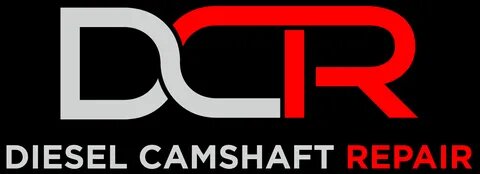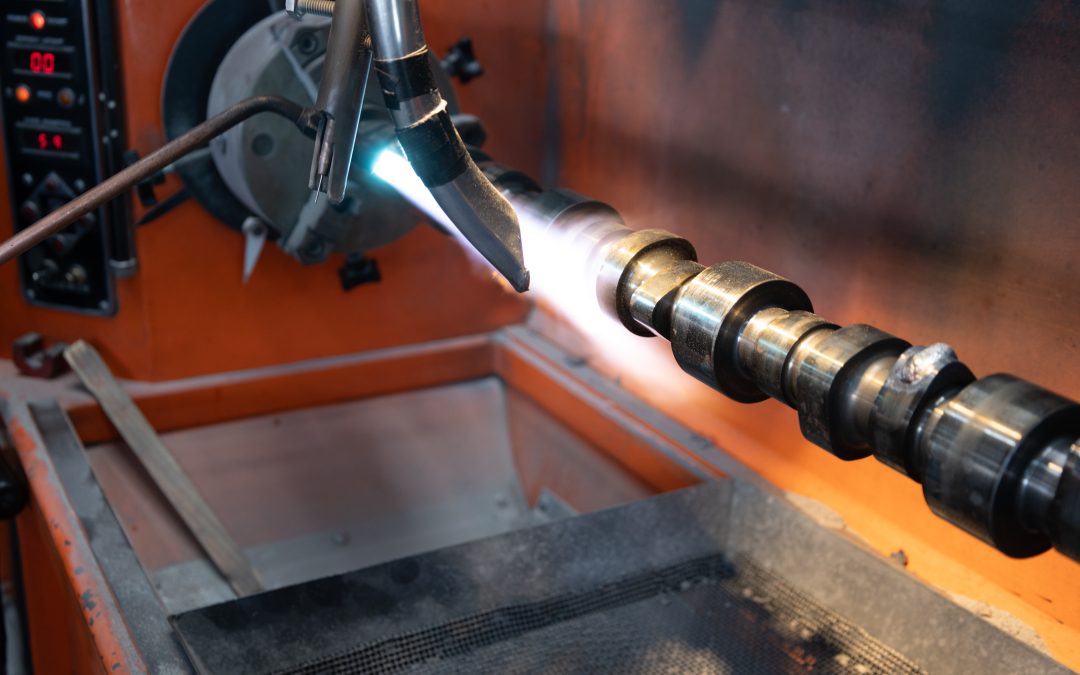The crankshaft is one of the most important parts of any internal combustion engine. It takes the up-and-down motion of the pistons and converts it into rotating motion. This rotation powers your drivetrain and makes your vehicle move. Without a crankshaft, your engine simply can’t function. So, it needs to be strong, reliable, and long-lasting. That’s where forged crankshafts come in. They’re considered the gold standard when it comes to strength and durability in performance engines.
What Is a Forged Crankshaft?
A forged crankshaft is made using a forging process instead of casting. This method takes a solid piece of metal, often steel or a steel alloy, and presses it into shape using high pressure. Unlike casting, which pours molten metal into a mold, forging doesn’t melt the material. Instead, it compresses it into a dense, compact form. This compression aligns the grain structure of the metal, making it stronger and more durable. It’s like stacking fibers in the same direction—they hold together better. The result is a crankshaft that’s incredibly tough and resistant to failure.
Forging vs. Casting: What’s the Difference?
Casting and forging are two very different manufacturing techniques. Cast crankshafts are made by pouring liquid metal into a mold. Once the metal cools, the mold is removed. The crankshaft is then machined and balanced. While this process is faster and cheaper, it’s not as strong. Forging uses massive pressure to shape the metal while it’s still solid. This keeps the metal dense and free of internal air pockets. It also improves how the metal handles stress. Because of this, forged crankshafts are much stronger than their cast counterparts. That’s why they’re used in high-performance and racing engines.
Grain Flow: The Secret to Strength
One of the biggest reasons forged crankshafts are so durable is because of grain flow. During forging, the metal’s grain aligns with the shape of the crank. Think of it like the grain in a piece of wood. When the grain follows the shape, it resists cracking and stress better. In contrast, casting doesn’t control the grain direction at all. That’s why cast crankshafts are more likely to fail under extreme stress. With forging, every stroke of the press improves grain alignment. This process increases toughness and makes the crankshaft better at handling high loads. It’s a small detail with a huge impact.
Resistance to Fatigue and Stress
Engines deal with a lot of pressure and heat—especially performance engines. The crankshaft handles thousands of explosive combustion cycles every minute. Each cycle sends shock and force into the crank. Over time, this can cause cracks, warping, or even total failure in a weak crankshaft. Forged crankshafts are built to take that punishment. Their tight grain structure and solid design resist fatigue much better. They flex slightly without cracking, which helps them absorb stress. That’s why race cars, diesel trucks, and turbo builds often use forged cranks. When reliability matters, forged is the way to go.
Handling High Horsepower and Torque
If you’re building a high-performance engine, you need a crankshaft that can handle serious power. Forged crankshafts are made for this kind of demand. Whether you’re pushing 500 or 1,500 horsepower, forged cranks can handle the load. They don’t twist or break like weaker designs. That’s because they have fewer internal flaws and a much stronger structure. When you add forced induction like turbos or superchargers, the stress on the crankshaft increases. Forged cranks provide the strength and confidence needed to push limits. They’re a critical part of any serious performance or racing build.
Heat and Wear Resistance
Engines create intense heat, especially under load. The crankshaft sits in the middle of that heat while spinning thousands of times per minute. Add in oil, friction, and combustion pressure, and you’ve got a hostile environment. Forged crankshafts are built to survive in those conditions. The materials used in forging—like 4340 or 5140 steel—have excellent heat resistance. They stay strong even when things get hot. This means they’re less likely to warp, bend, or degrade over time. A forged crankshaft also holds up better to wear. That’s why they often last longer than cast or billet versions.
Material Matters: Choosing the Right Alloy
Not all forged crankshafts are the same. The type of steel used makes a big difference. Common choices include 4140, 4340, and EN40B. These alloys are known for their strength, ductility, and resistance to fatigue. 4340 steel is especially popular because it’s tough and durable. It contains nickel, chromium, and molybdenum, which help it resist heat and stress. The stronger the alloy, the more abuse the crankshaft can take. When shopping for a forged crank, always check the material. It tells you a lot about what kind of power it can handle. Don’t skip this step if you’re building for performance.
Precision Machining After Forging
The forging process is just the beginning. After that, the crankshaft goes through several stages of machining. Precision grinding and balancing ensure that each journal is perfectly round and aligned. This is important because any imperfections can lead to engine vibrations or failure. Many forged cranks also get heat-treated to increase strength even more. Some undergo nitriding, which hardens the surface for extra wear resistance. These extra steps make sure the final crankshaft performs at its best. In the end, you get a part that’s tough, accurate, and reliable under pressure.
Ideal Applications for Forged Crankshafts
Forged crankshafts are not just for racers. They’re great for any build where durability matters. Here are some common uses:
- Drag racing
- Track and circuit racing
- Off-road and rally builds
- Diesel performance engines
- Turbocharged street cars
- High-mileage or heavy-duty applications
If your engine will see high RPMs, lots of boost, or hard driving, a forged crank is worth the investment. It’s also a good idea for diesel trucks pulling heavy loads or towing. Forged cranks deliver peace of mind when engine failure isn’t an option.
Cost vs. Value: Is It Worth It?
Forged crankshafts are more expensive than cast ones. That’s the reality. You’re paying for stronger materials, better manufacturing, and more testing. But what you get in return is long-term durability and safety. For performance builders, the cost is well worth it. A broken crankshaft can destroy an engine, cost thousands in repairs, and ruin your build. Investing in a forged crank helps prevent that disaster. Think of it as insurance for your engine’s most important moving part. In high-stakes engines, it’s a no-brainer upgrade.
Final Thoughts: Why Forged Crankshafts Lead the Pack
Forged crankshafts offer unbeatable strength, durability, and performance. They’re built to handle the most demanding engine conditions. With better grain flow, fewer flaws, and high-quality materials, they stand up to serious abuse. From racing to towing, forged cranks provide the confidence you need. While the price may be higher upfront, the long-term reliability and protection are worth every penny. Whether you’re chasing horsepower, reliability, or both, a forged crankshaft is a smart investment. It’s the backbone of a high-performance engine. If you’re serious about your build, don’t overlook this crucial component.

